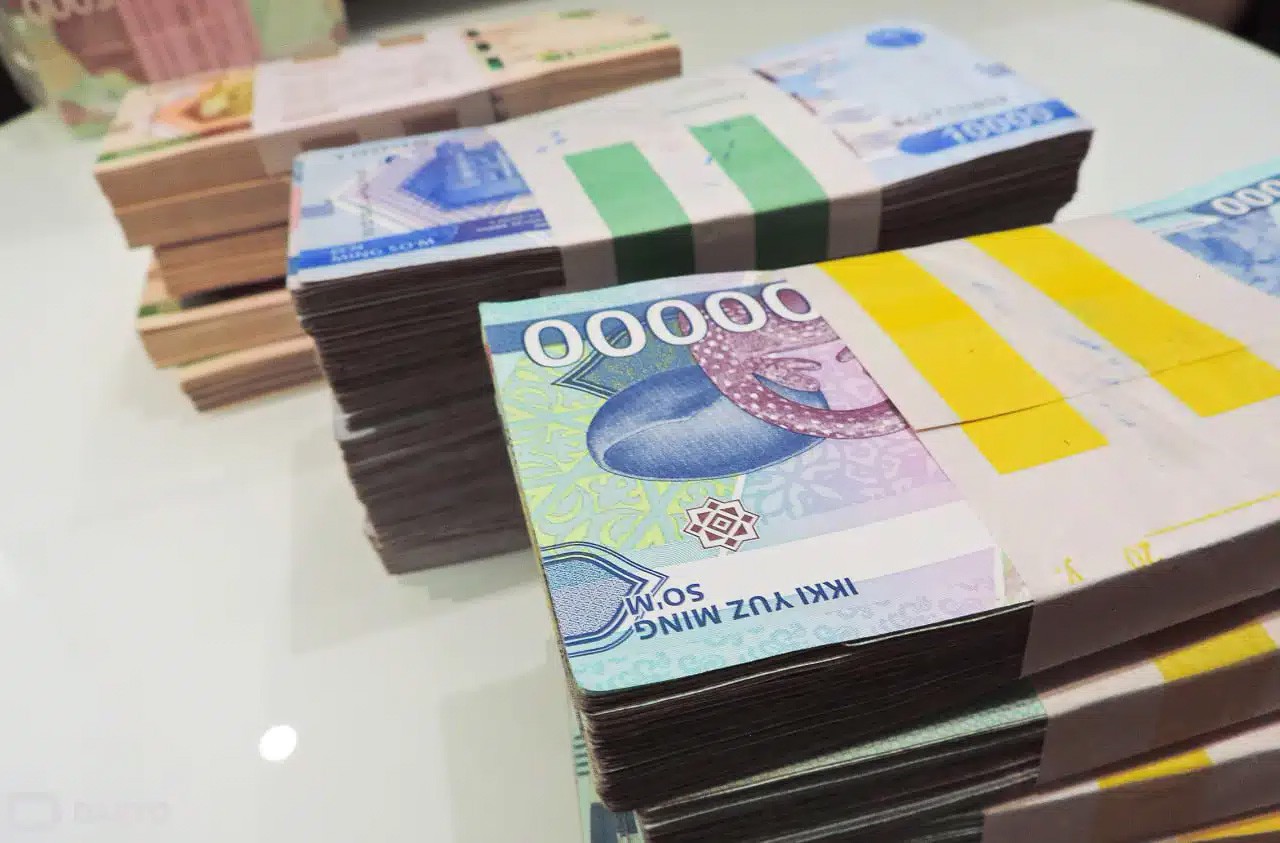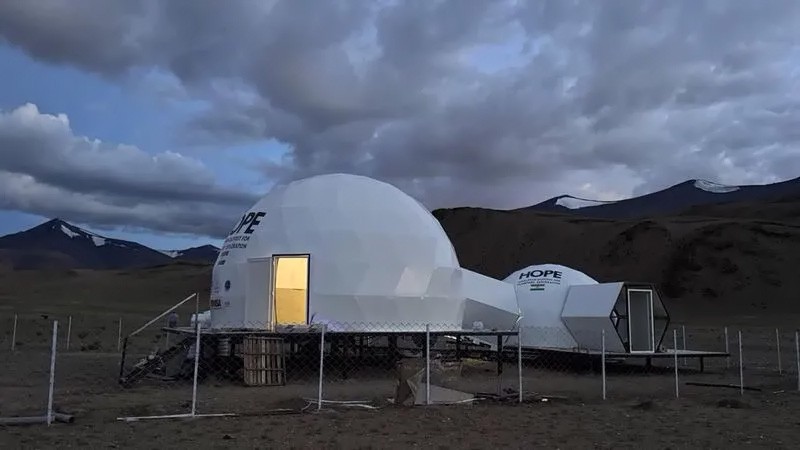The Central Asian region may be at the epicenter of global climate investment. Following the growing role of the climate agenda in international politics, attention to developing countries is increasing, and States in the region are already taking the first steps towards attracting funds from global environmental funds. This is evidenced by initiatives, statements of officials and statements of intent made in the framework of international forums.
On May 31, 2025, a conference dedicated to the problems of melting glaciers was held in Dushanbe, during which the idea of creating a specialized fund for their protection was announced. The initiator was Tajikistan, which proposed not only to form a mechanism for financing relevant projects, but also was the first to announce a voluntary contribution. However, details about the size or structure of the fund remained undisclosed, which raised questions in the expert community. According to the Paris Agreement, signed by all Central Asian countries, it is the developed countries that are obligated to provide financial assistance to developing countries-not vice versa.
Central Asia has long signed climate agreements, but only in recent years has it stepped up its participation in climate finance mechanisms. The expected program "From glaciers to business owners", developed with the participation of the Asian Development Bank and the Green Climate Fund, is designed for nine countries and can attract up to $ 3.5 billion. These data were announced by the head of the Committee for Environmental Protection of Tajikistan Bahodur Sheralizoda. Such amounts can significantly affect the region's water resources infrastructure, agriculture, and energy sector.
Financial injections against the background of the climate agenda are becoming a strategic tool, and interest in them is high not only among donor countries, but also among international institutions. China, Central Asia's largest lender, has proposed that Western countries increase their funding to fight climate change to trillions of dollars a year in 2024. This approach, in effect, reinforces the model of global reallocation of resources in favor of developing countries in exchange for reducing the environmental burden and switching to sustainable technologies.
However, there are doubts about the reliability and transparency of individual arguments used to draw attention to the problem. Experts draw attention to sharp discrepancies in the figures published in the regional media. For example, some materials indicate that the glaciers of Tajikistan lost up to 600 gigatons of water in one year, which is equivalent to 600 cubic kilometers. For comparison, the total annual river flow of all major rivers in the country is about 57 cubic kilometers. Such inconsistencies can undermine confidence in the region's climate agenda and reduce the likelihood of receiving external funding.
In addition, the attention of analysts and investors is focused not only on the environment. Visits to missions of international banks, foundations and donors are accompanied by detailed analysis: from the level of poverty and dependence on remittances to the level of public debt and fiscal policy sustainability. Automated systems and AI models are used to track the efficiency of spending funds, corruption risks, and the degree of implementation of previously announced projects.
The growing interest in the climate agenda may also lead to political transformations. In countries in the region where previously green movements did not play an active role, the emergence of environmental parties and initiatives is possible. The potential influx of billions of dollars in funding makes this trend not only likely, but also expected. However, to get real investment, it is not enough to demonstrate political will — it is necessary to build institutional transparency, supported by accurate reporting and independent control.
Claims to climate leadership without concrete actions and clear figures can lead to reputational losses. International players, including banks and climate funds, operate under strict assessment criteria — and Central Asia is increasingly coming under increased scrutiny. In this context, sustainable financing is only possible if standards are met, goals are transparent, and there is a reasonable balance between ambition and opportunity.












